Spice Up Your Life: A Fun Guide to Mexican Flavors and Traditions
When it comes to spice, few places on Earth can match the vibrant, bold, and colorful traditions of Mexican culture and cuisine. From the smoky depth of chipotle to the bright zing of lime, Mexico has mastered the art of flavor. In this guide, we'll take you on a journey through the heart of Mexican spices, their cultural significance, and how you can bring these flavors into your kitchen.
Table of Contents
- Practical Tips for Using Mexican Spices
- The Cultural Significance of Mexican Spices
- A Quick Spice Guide for Mexican Cooking
- Buying Guide: Finding the Best Mexican Spices
- Conclusion
Practical Tips for Using Mexican Spices
If you're new to Mexican cooking, the variety of spices might seem overwhelming. But with a few simple tips, you can unlock the full potential of these ingredients. Here are some practical suggestions:
- Start with the basics: Chili powder, cumin, oregano, and garlic are essential in many traditional recipes.
- Toast your spices: Before using them, give your spices a quick toast in a dry pan to enhance their aroma and flavor.
- Balance heat with acidity: If you’re using spicy chilies, balance the heat with a squeeze of lime or a splash of vinegar.
- Use fresh herbs: Cilantro and epazote are staples in Mexican cuisine and add a refreshing, aromatic touch to dishes.
- Experiment with combinations: Try blending different chili powders or mixing ground spices with citrus zest for a unique twist.
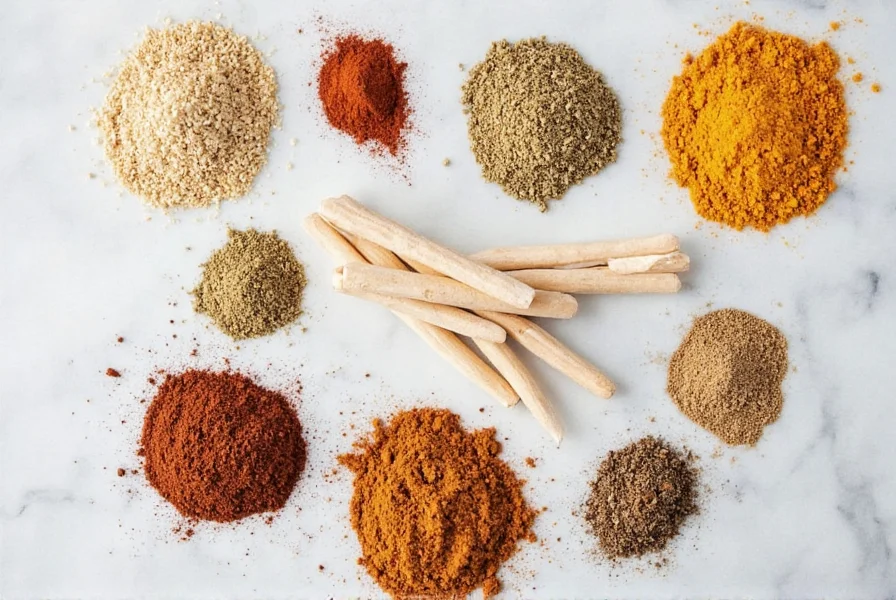
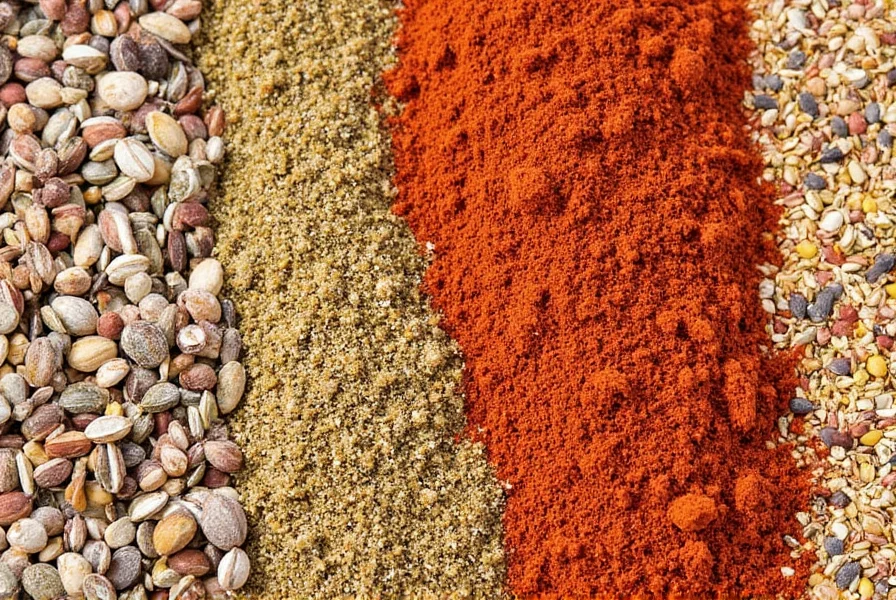
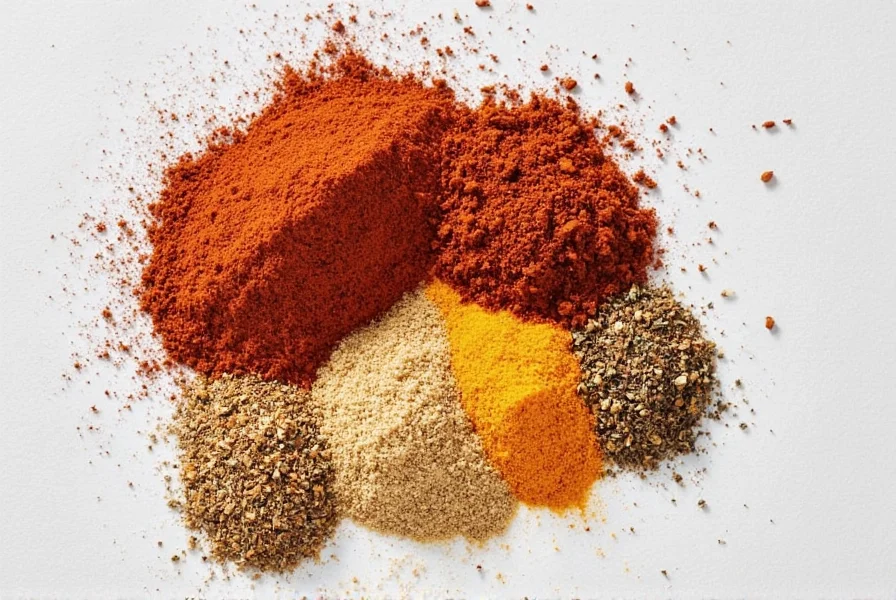

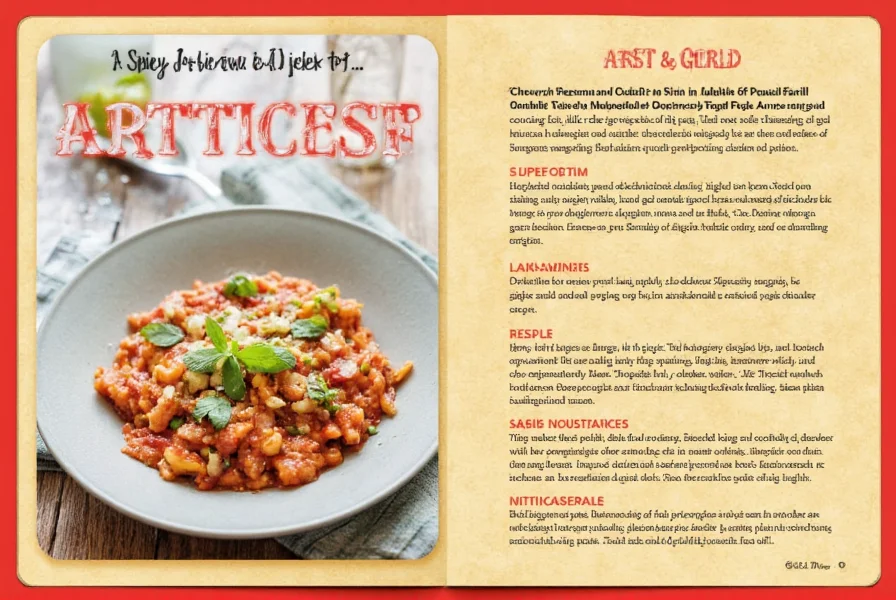
The Cultural Significance of Mexican Spices
Spices are more than just flavor enhancers in Mexican culture—they are deeply rooted in history, tradition, and identity. Many of the spices used today have been part of indigenous diets for thousands of years. For example, the use of vanilla and cacao dates back to the Aztec and Mayan civilizations.
In modern Mexican cooking, spices play a crucial role in defining regional specialties. The northern states favor smoky, robust flavors, while the southern regions often emphasize bright, citrusy notes. Whether it's the rich, earthy taste of mole or the fiery kick of salsa, every dish tells a story.
Mexican culture and cuisine reflect a deep connection to the land, and the spices used in everyday meals are a testament to that bond. They are not only about taste but also about memory, family, and celebration.
A Quick Spice Guide for Mexican Cooking
Here’s a quick reference to some of the most popular spices used in Mexican cuisine:
| Spice | Description | Best Uses |
|---|---|---|
| Chili Powder | A blend of dried chilies, cumin, and other seasonings. | Great for tacos, enchiladas, and chili con carne. |
| Cumin | A warm, nutty spice with a slightly bitter note. | Used in salsas, stews, and grilled meats. |
| Oregano | A pungent herb with a strong, earthy flavor. | Perfect for soups, beans, and pizza toppings. |
| Chipotle | Dried and smoked jalapeño peppers. | Used in sauces, marinades, and stews for a smoky kick. |
| Epazote | A pungent herb with a distinct, almost medicinal aroma. | Traditional in bean dishes and tamales. |
| Cilantro | A fresh, citrusy herb commonly used as a garnish. | Essential in salsas, guacamole, and ceviche. |
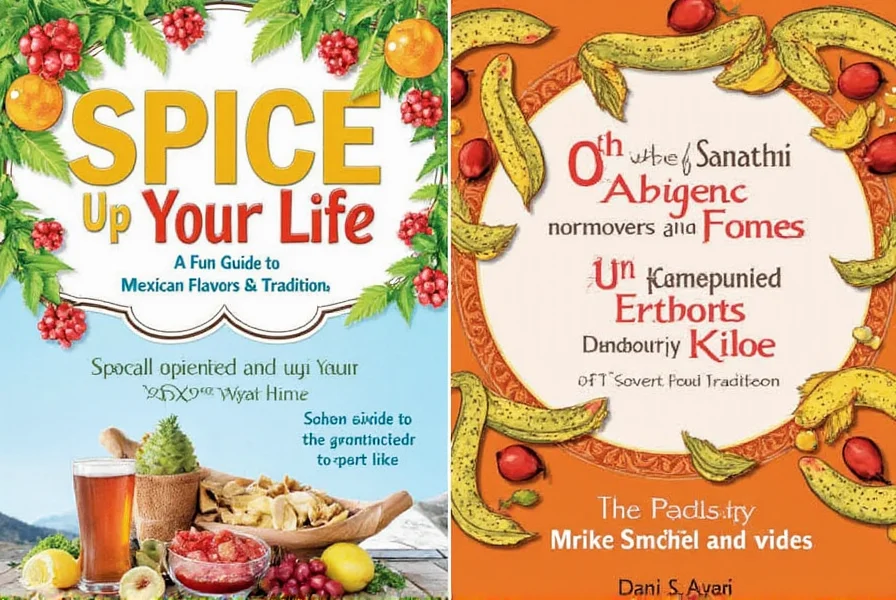

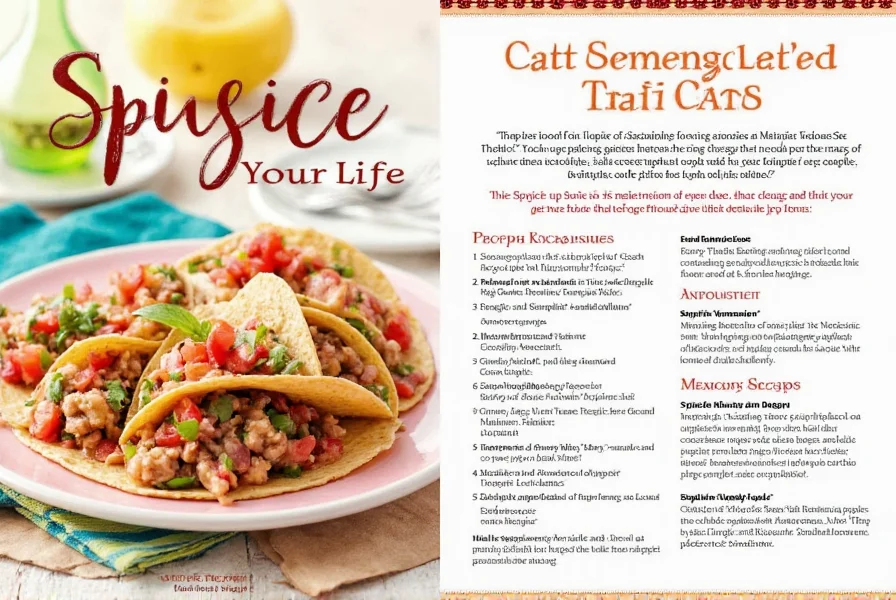
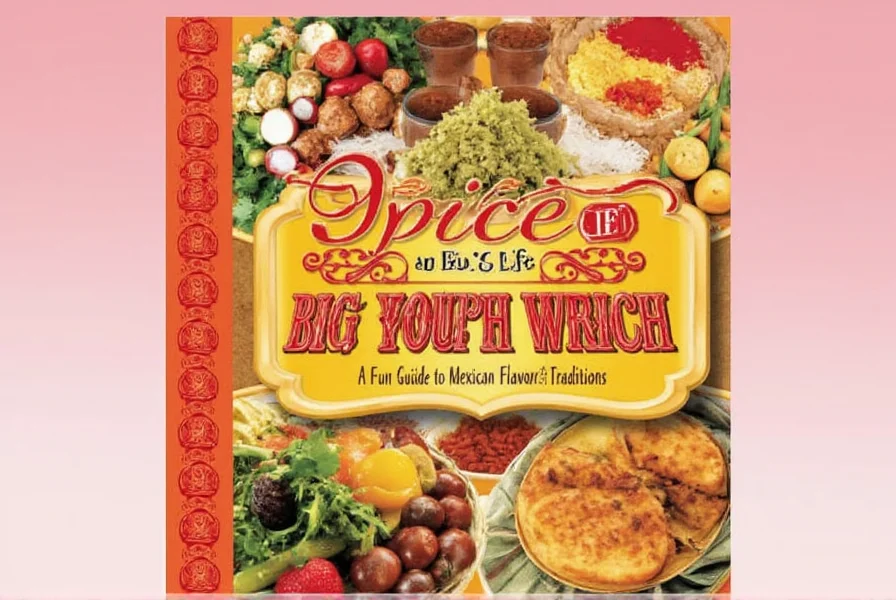
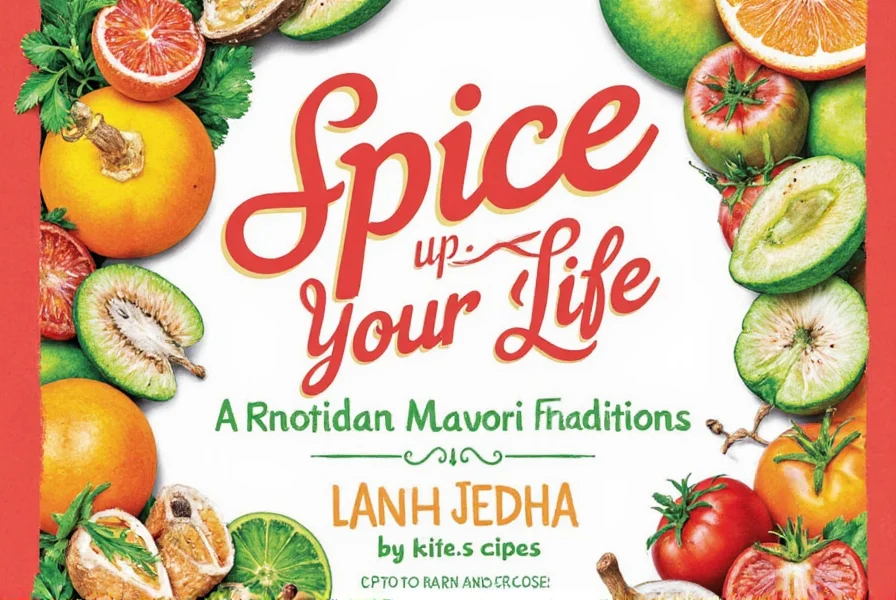
Buying Guide: Finding the Best Mexican Spices
Choosing the right spices can make all the difference in your cooking. Here’s a detailed buying guide to help you find the best options:
Top Brands and Products
- Petersons Spices - Organic Chili Powder
- Features: Made from 100% organic chilies, no additives or preservatives.
- Advantages: Rich, complex flavor with a balanced heat level.
- Use Cases: Ideal for homemade taco seasoning, enchilada sauces, and meat rubs.
- Target Audience: Health-conscious cooks and those who prefer organic products.
- Suitable Occasions: Weeknight dinners, holiday gatherings, and outdoor grilling.
- Goya Foods - Ground Cumin
- Features: A classic, pantry staple with a bold, earthy flavor.
- Advantages: Consistent quality and great value for money.
- Use Cases: Perfect for making sofrito, seasoning meats, or adding depth to rice dishes.
- Target Audience: Everyday home cooks and budget-friendly shoppers.
- Suitable Occasions: Family meals, casual dinners, and weeknight meals.
- La Cocina de Tio Juan - Oregano
- Features: Handpicked and sun-dried for maximum potency.
- Advantages: Strong, authentic flavor that enhances any dish.
- Use Cases: Great for soups, stews, and as a topping for pizzas or salads.
- Target Audience: Enthusiasts who want a more traditional, artisanal option.
- Suitable Occasions: Special occasions, family gatherings, and gourmet cooking.
- El Yucateco - Chipotle in Adobo Sauce
- Features: Smoked jalapeños in a tangy adobo sauce.
- Advantages: Adds smokiness and a burst of flavor to any recipe.
- Use Cases: Perfect for making barbecue sauces, marinades, and dips.
- Target Audience: Those looking for a convenient, ready-to-use option.
- Suitable Occasions: BBQ nights, potlucks, and game-day snacks.
- San Francisco Spice Co. - Epazote
- Features: Fresh, high-quality epazote leaves with a strong, herbal aroma.
- Advantages: Enhances the flavor of beans and adds an authentic touch to traditional dishes.
- Use Cases: Ideal for making tamales, refried beans, and certain regional soups.
- Target Audience: Cooks who enjoy experimenting with traditional Mexican flavors.
- Suitable Occasions: Family dinners, cultural celebrations, and specialty cooking sessions.

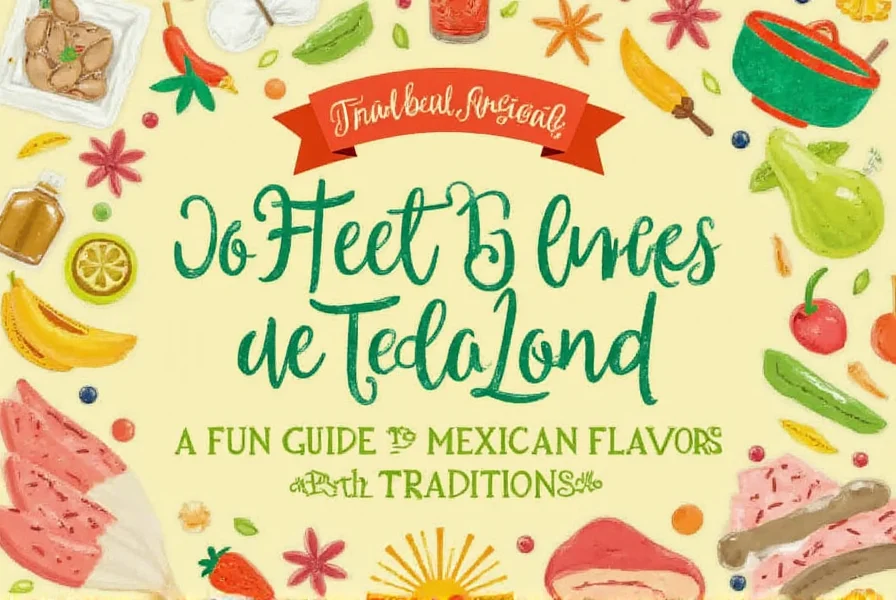
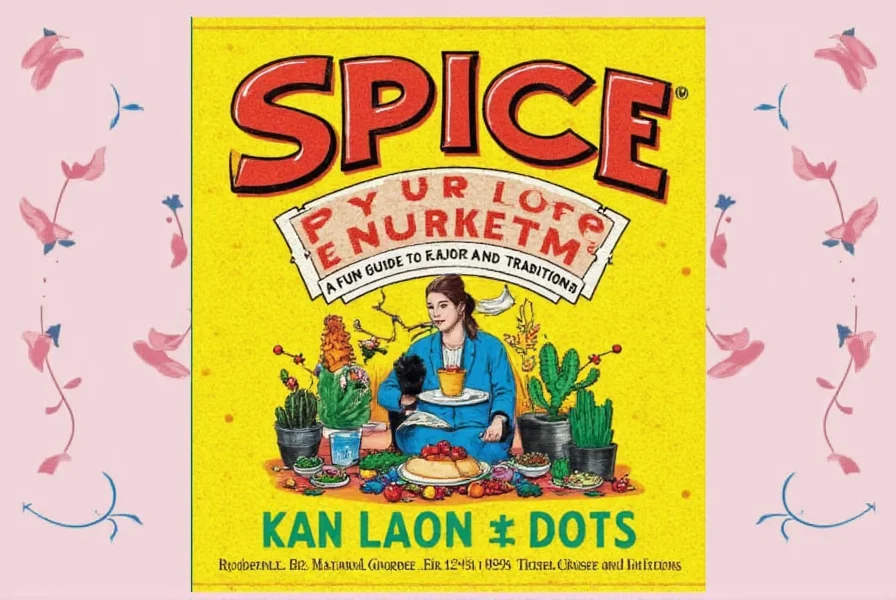

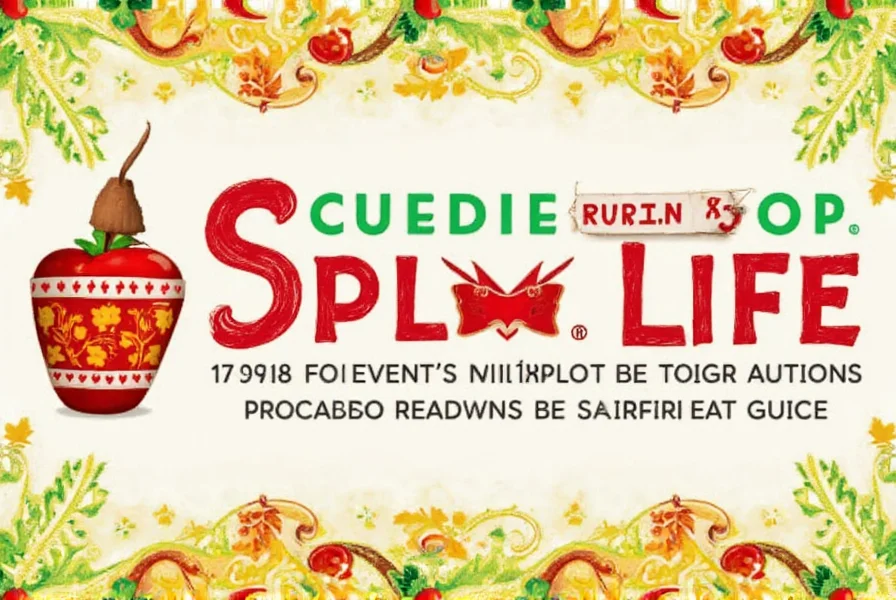
Conclusion
Mexican culture and cuisine are a vibrant celebration of flavor, history, and community. By understanding and embracing the spices that define this culinary tradition, you can bring a whole new dimension to your cooking. Whether you're a seasoned chef or a curious foodie, there's always something new to discover in the world of Mexican spices.
So grab your favorite spice jar, experiment with new combinations, and let the flavors of Mexico inspire your next meal. After all, as the saying goes—“¡Viva la comida!” (Long live the food!)

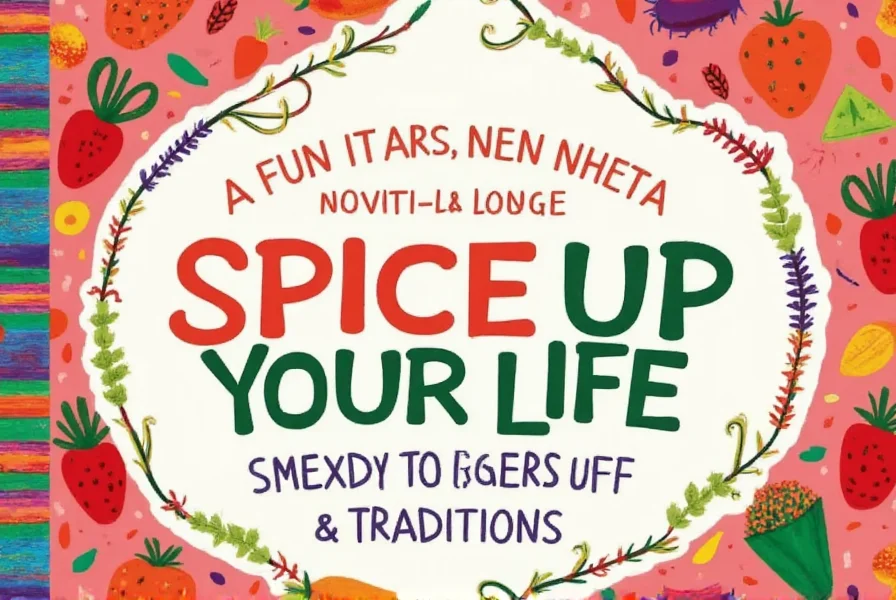









 浙公网安备
33010002000092号
浙公网安备
33010002000092号 浙B2-20120091-4
浙B2-20120091-4